Session 2; Talk 1: Our Wounds
Sarah McCauley, MA, LAMFT
Talk Outline
I. Introduction
– We do not exist in a vacuum. We are informed by and shaped by relationships with family, friends and community. We are given minds, bodies and souls by God and subsequently are given tools to care for each part of our being. Just as we are given tools to care for our body, our body and mind are given tools to speak to and care for us.
– When we make the unconscious, conscious, we have the opportunity to change, heal and grow.
II. Relationships to one another
– We all exist in relationship to one another.
– It is all the more impactful when members of what we see as our family cause us harm.
III. Dignity
– A premise that I refer back to, as supported by our faith and trauma research, is the question of “Does this violate the person’s dignity as a Child of God?”
IV. Attachment formation
– Clergy sexual abuse was a massive wound that not only impacted those who were directly harmed, but also those close to them, as well as the communities in which trust was violated. Taking the mindset of the Church as a family, wherein roles and responsibilities are given to various members of the Church, we see family roles reflected.
– Those in positions of authority and emotional responsibility, such as priests, leaders, teachers, parents, friends and other authority figures, convey a message to the vulnerable and innocent that they can be trusted to honor the safety that is assumed.
– Attachment formation is a developmental task that begins in infancy and is shaped throughout the lifespan within various relationships. Attachment is the task in which we learn how to feel safe, secure and trusting of others.
– When a breach of trust occurs, a violation or a wound, it inherently changes not just the relationship we have with the individual but the relationships we have with ourselves.
V. Types of Wounds: Part 1
– [Wounds] can be small, paper cuts of emotional and psychological violations that we don’t necessarily realize are there until we “bump” into them later on in life. They can be big boulders we must navigate around that shift our identity and ability to relate to self and others. There is no distinct time frame in which a wound develops or lasts. Some wounds are easier to heal from than others, and that journey can look massively different from one person to the next. We are transformed by wounds and healing.
– No one walks throughout life without wounds, although the type and scale of wounds we may experience may differ depending on the environments we are exposed to and the choices we and our intimate relationships make.
– Examples of events that can cause wounds:
– A friend or confidant who failed to honor privacy
– A loved one who was dismissive of our emotions, such as fear and love
– A lost relationship, through death, a breakup, drifting apart, or choosing to cut ties with someone who causes us harm
– Examples of internal-caused wounds:
– When we make a decision that goes against our morals and values, we not only wound ourselves but others, such as in abortion or sexual violations
– Neglect of ourselves, or our loved ones
– Reject those who are most vulnerable
– Participate in self-harm activities
– Pornography and other addictions
– Selfishness
– Shaming of others
– Emotional manipulation
– Gossip
– Assumption
– Rage
– Reject or diminish the lived experience of others
– Manipulate the minds of others, such as in gaslighting
– Abuse is not merely physical or sexual. We can be wounded and wound others through the abuse of emotions, sex, finances, medical access and use, taking away the voices of others, or other exercises of power, fear, and control
– Failure of a primary caregiver (of a child) results in emotional or physical harm
– Failure to believe a child when he/she comes with needs
VI. Neurological impact
– Our central nervous system, brain structure and emotional responses change significantly after even brief moments of feeling unsafe. The same instincts that God gave us to keep us alive, that help us steer away from the edge of a cliff, are active in moments of relational, physical and emotional unsafety.
– Our limbic system and other emotional control centers of the brain focus on three reactions to fear and trauma: fight, flight or freeze.
– [Evidence of fight/flight/freeze are] tools and symptoms of when a wound is present, and where in our life it is impacting us.
– A distinct difference regarding impact of wounds is duration and exposure, and how intensely moments of feeling unsafe, violated or unheard, can change our worldview over time.
VII. Detecting wounds/Symptoms
– We are given a mind, a body and a soul. All three parts of the human self are to be listened to. When we find ourselves struggling with symptoms of dysfunction, this is a way that our body is trying to speak to us. Examples include:
– Intrusive and unwanted thoughts
– Nightmares
– Emotional volatility
– Shame
– Disrupted or missing memories
– Inexplicable pain
– Being hyper-aware of our environment
– Suicidal ideation or self-harm thoughts
– Insomnia
– Flashbacks
– You are not alone. God does not want you to unnecessarily suffer! You don’t have to live this way, and you can have hope that others will not remain.
– Our relationships and mind can have symptoms of woundedness. Examples:
– Being reactive to others
– Holding grudges
– Believing lies of disconnect and malicious intent
– Pushing others away
– Leaping to judgement
– Seeking out faults in others to justify our decisions
VIII. Lie of isolation and doubt
– This belief says “I do not belong, I am not welcome, not safe, I cannot trust myself or others, and my perception of what is real, was wrong”. It may also tell us “I am not worthy of forgiveness, or I am not worthy of God’s Grace”. This lie distorts the truth that we as children of God have inherent dignity, and that our lived experience can be trusted.
– “A person’s rightful due is to be treated as an object of love, not as an object for use” (John Paul II the Great, Love and Responsibility).
– When we are seen for less than our whole self, with free will, dignity and as a Child of God in the eyes of ourselves and our brothers and sisters in Christ, it causes us immense pain and wounds our heart, mind and soul. God wants us to be whole, to be in harmony with His creation.
– Cognitive dissonance is the phenomena which occurs within the brain when moral reasoning and logic are in conflict with a decision or environment.
– Doubt is an expression of dissonance. When we are wounded, feeling dehumanized, disconnected and vulnerable, we may feel hopeless and powerless. In feeling powerless, we may be feeling incapable of remaining present in our minds and bodies. That experience of unpredictability and lack of control is often referred to as dysregulation.
IX. Empathy and self-awareness
– The path to healing starts in the same place where wounds begin: being in relationship with one another. One in four adults in the US will experience some form of diagnosed mental health condition over the course of their lifetime – and there are many more wounds that exist that are not diagnosable. Finding moments in relationship with individuals we can trust, in our family and community, where we feel connected, attuned to emotional variances, and our needs are attended to and heard, is a path to healing. When we cultivate empathy and attend to our neighbors as Christ called us to do in the Beatitudes, we not only hold space for their wounds, but also our own. We create space to see and to heal through acknowledging the depth of the pain, the impact, the disconnection, and the desire to no longer remain in pain.
– One of the most powerful reflections that we have as Catholics, is the duality of the Cross as a source of hope and of suffering. Our sins are what Christ carries on the Cross, and his empathy and compassion for us comes from the Cross. Have hope that He loves you, including your wounds, not in spite of them.
X. Repair
– “Between stimulus and response there is a space. In that space is our power to choose our response. In our response there is growth and our freedom.” – (Viktor Frankl, Man’s Search for Meaning)
– We have the opportunity and ability to choose each other, and to choose Christ in our actions every day. To avoid intentionally wounding each other, and to have the free will to take accountability for our actions when wounds invariably occur.
– When we acknowledge each other’s humanity, and embrace our own humility, we foster a vulnerability and great connection in our language and relationships.



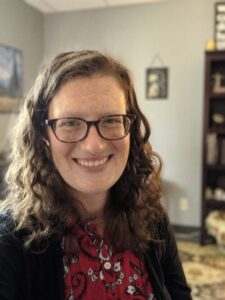
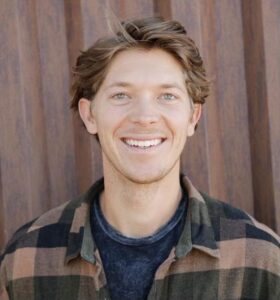
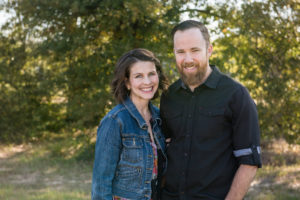
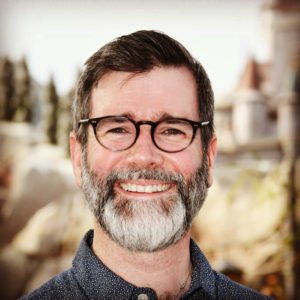
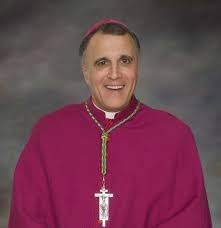
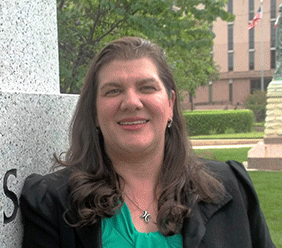
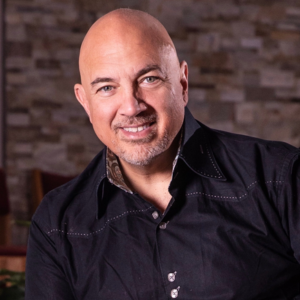
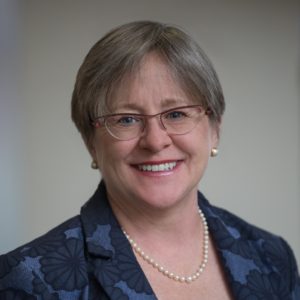 Kimberly Kay Cox
Kimberly Kay Cox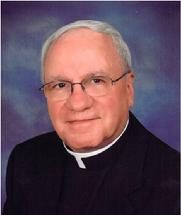
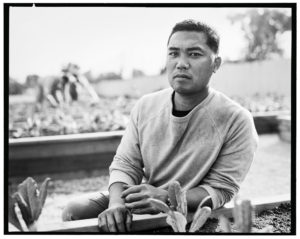
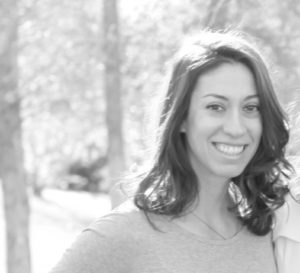

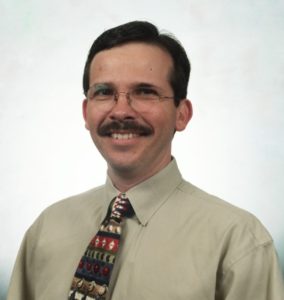
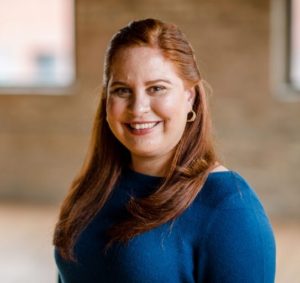
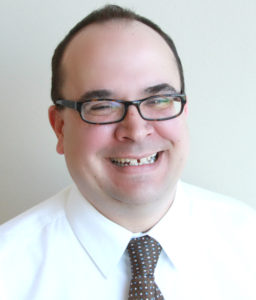
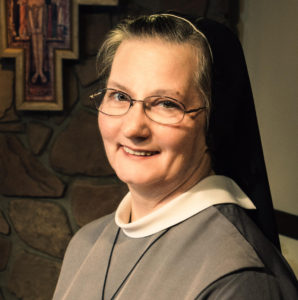
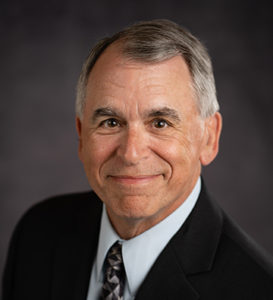 Mark Mogilka
Mark Mogilka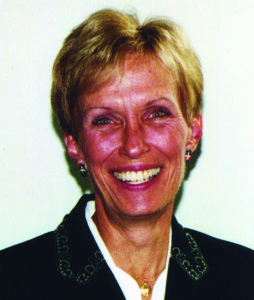

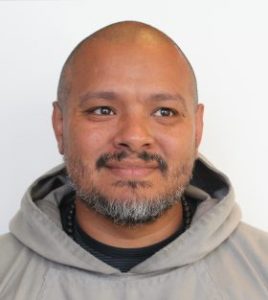
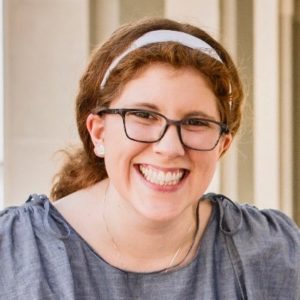
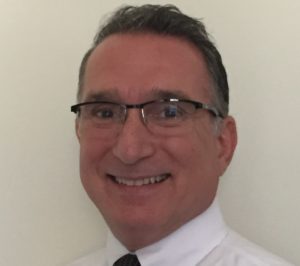
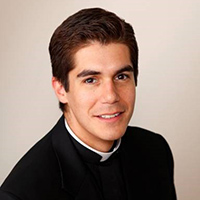
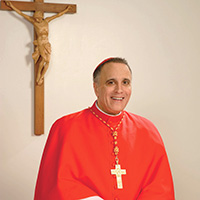
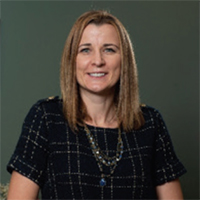
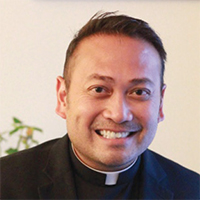
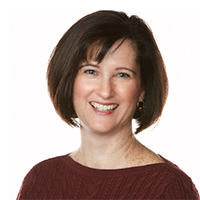
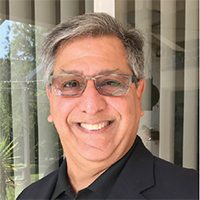
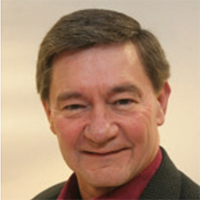
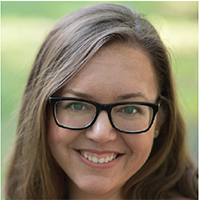
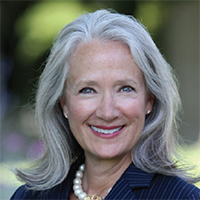
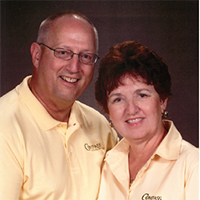
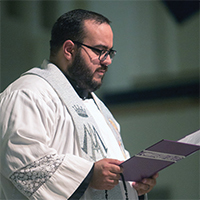

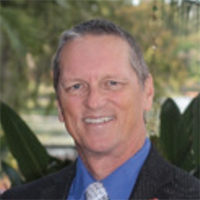



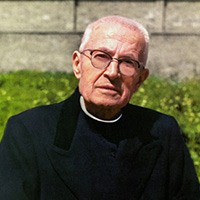
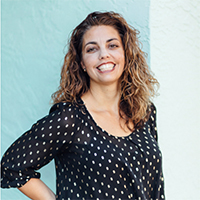
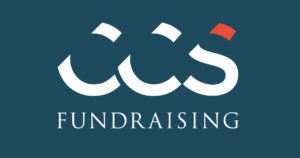
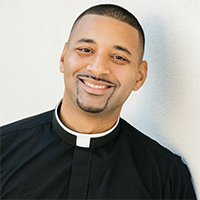

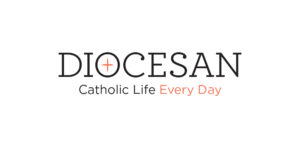


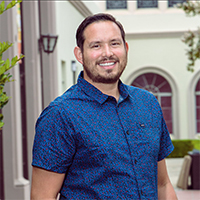
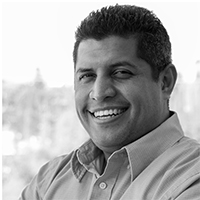 Armando Cervantes
Armando Cervantes Anna Betancourt
Anna Betancourt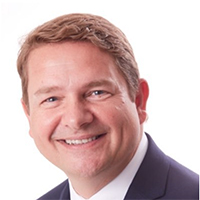
 Andrea Chavez-Kopp
Andrea Chavez-Kopp